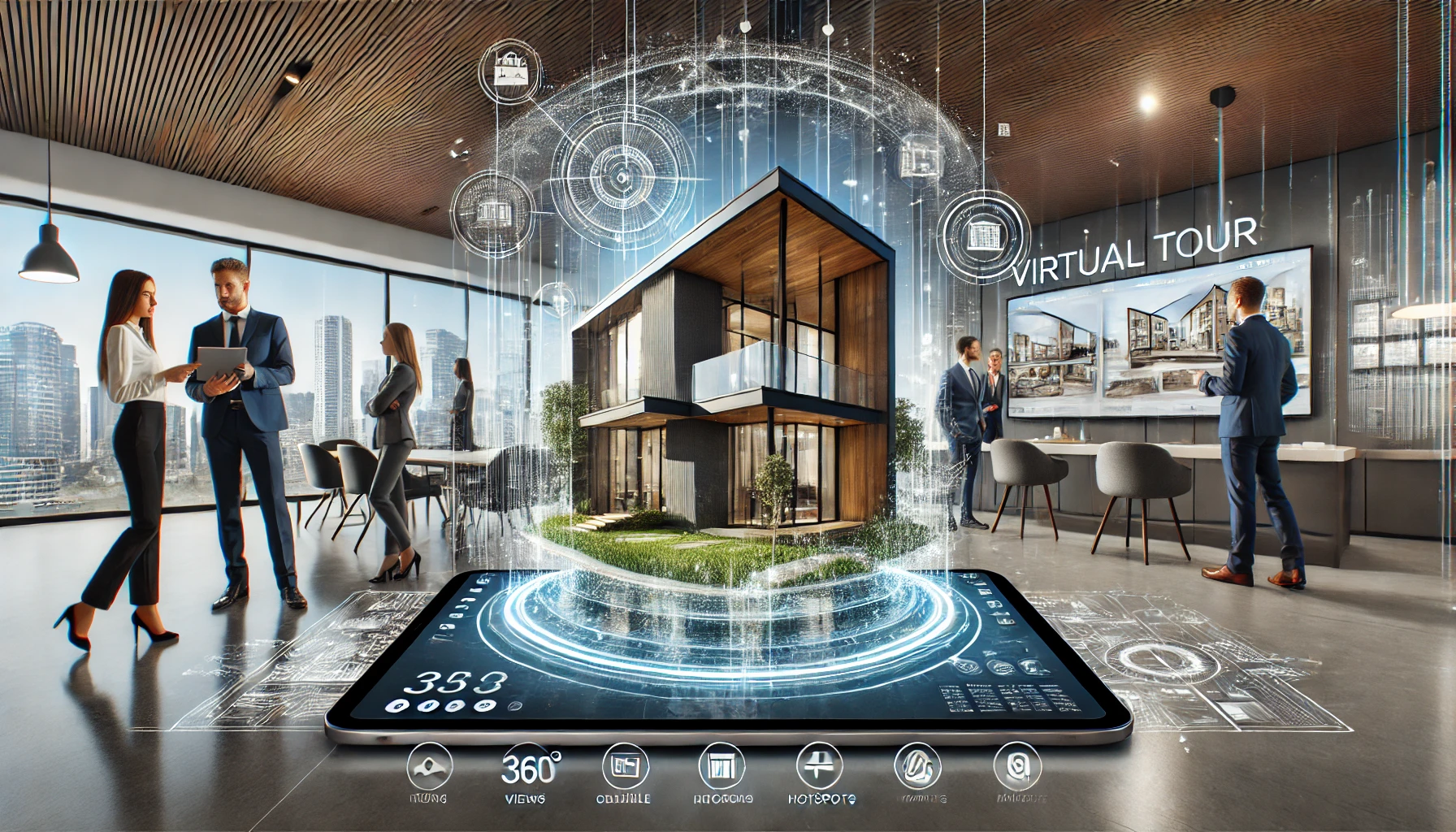It’s no secret that technology has revolutionized almost every industry, and real estate is no exception. With the advent of virtual tours, 360-degree views, and 3D imaging, prospective homebuyers can now explore properties like never before. These cutting-edge tools provide an immersive experience, allowing people to “walk through” homes without ever leaving their couch. But what exactly do these terms mean, and how are they reshaping the real estate landscape? Let’s dive into this bold new world.
The Game-Changer: Virtual Tours
Virtual tours are transforming how real estate is marketed and sold. Unlike traditional photos or video tours, virtual tours are interactive, enabling prospective buyers to navigate through a property at their own pace. With hot spots and information points strategically placed throughout the property, users can click to get additional details about specific rooms or features.
So why is this a game-changer? For starters, it gives buyers a more realistic feel for a property, which can be crucial in making purchasing decisions. Forget static images and two-dimensional videos; a virtual tour offers a comprehensive experience that can make a listing stand out in a crowded market. Moreover, it expands the reach of a property, allowing international clients to explore homes as if they were there in person.
The All-Encompassing 360 Views
If virtual tours are the main course, 360-degree views serve as the perfect side dish. These panoramic images allow viewers to look around a single point from any angle, providing a complete and unobstructed view of a room or outdoor area. Whether it’s a stunning living room, a spacious backyard, or a breathtaking view from the terrace, 360-degree photos capture it all.
The benefit here is obvious: completeness. These views eliminate blind spots and hidden angles, giving potential buyers full confidence in what they’re seeing. And let’s not forget the emotional impact; there’s something awe-inspiring about being able to fully immerse yourself in a beautiful space. In today’s highly competitive market, creating an emotional connection can make all the difference.
The Next Level: 3D Imaging
Taking things up a notch, 3D imaging allows for the creation of realistic, three-dimensional models of properties. Unlike virtual tours and 360-degree views, 3D models can be manipulated, allowing users to rotate, zoom, and explore every nook and cranny. Imagine being able to understand the layout of a home completely – from the dimensions of rooms to the placement of windows and doors.
This technology goes beyond mere exploration; it has practical applications too. Architects and interior designers can use 3D models to facilitate renovations or staging, making it easier to visualize changes and improvements. Buyers can use these models to experiment with furniture placement and décor, helping them to see how their own belongings would fit into the space.
The Perks for Sellers and Agents
Now that we’ve covered the buyer’s perspective, let’s look at how these technologies benefit sellers and real estate agents. First and foremost, virtual tours, 360-degree views, and 3D imaging make listings stand out. High-quality, interactive content garners more views and keeps potential buyers engaged for longer periods. This increased visibility can translate to quicker sales and higher offers.
Additionally, these tools save time for both parties. Traditional open houses and showings can be time-consuming and disruptive, but virtual tours allow prospective buyers to pre-screen properties before committing to an in-person visit. This leads to more efficient scheduling and less wasted time on showings that aren’t a good fit.
The Future is Now
So, what’s next? As technology continues to evolve, we can expect even more sophisticated and immersive ways to explore real estate. Augmented Reality (AR) and Virtual Reality (VR) are already starting to make their mark, offering even more interactive and engaging experiences.
Imagine walking through a home wearing a VR headset, able to move from room to room and interact with features in a way that feels incredibly real. Or using an AR app on your smartphone to see how different paint colors, furniture, or even extensions could look in your future home.
The possibilities are endless, and the future is bright for those willing to embrace these advancements. Real estate is no longer just about location, location, location; it’s about innovation, innovation, innovation.




